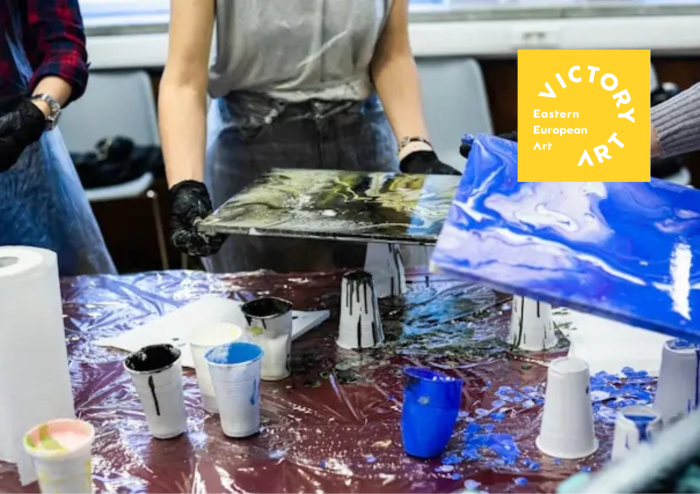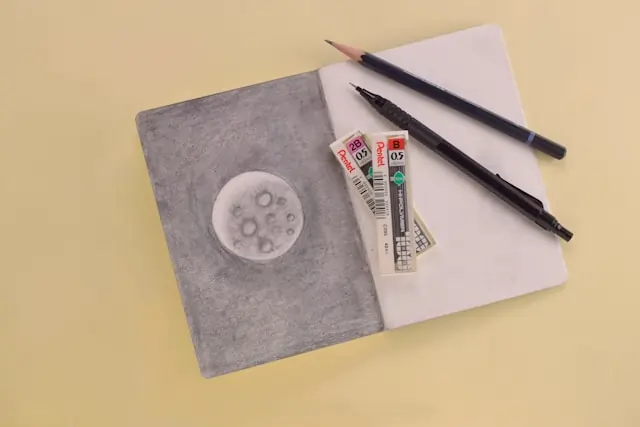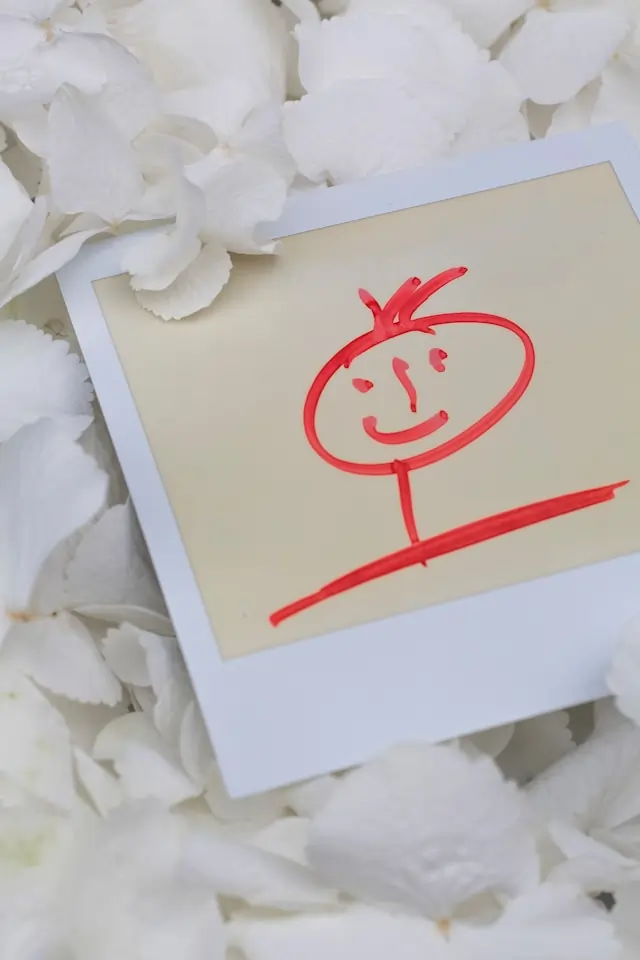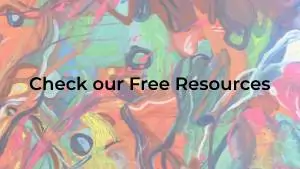MUST READ ART BLOGS
Art Therapy: How Can Art Enhance Your Mental Health

Art isn't just about creating beautiful objects; it's a powerful tool that can enhance many aspects of our lives, including our mental health. Engaging in creative activities you enjoy, like art therapy painting, sculpting, dancing, or music making, can foster connection with others or the world around you, while providing a healthy outlet for self-expression.
This powerful link between art and mental health has been recognized in treatment settings since the mid-20th century. Following World War II, many soldiers returning with post-traumatic stress disorder (PTSD), then known as "shell shock," found it incredibly difficult to express and process their wartime experiences through words alone. Art therapy activities, such as painting, sculpting, and drawing, offered them a valuable tool to navigate their suffering and begin healing.
The benefits of art for mental well-being extend far beyond this initial application. Incorporating creative pursuits into your life, regardless of artistic experience, can be a powerful step towards a healthier mind.
1. Relaxation and stress relief

Photo by Hamid Roshaan on Unsplash
Many studies show that stress can have a detrimental effect on our mental and physical health. It can negatively impact your well-being, e.g. by causing anxiety or difficulty with decision-making, but it can even lead to long-term issues with your heart.
Thus, it is extremely important to take care of yourself and give your brain time to relax and release all of that built-up pressure.
Art therapy activities can help you with that – whether you color, doodle, paint, dance, or sculpt for around half an hour every day, it can reduce your cortisol levels (your adrenaline, and thus your main stress, hormone) and make you more relaxed. It’s also a great outlet for you to express all of your anxieties and worries.
2. Confidence and self-esteem boosting
Art and creative hobbies can truly boost your self-esteem and confidence. They are the types of tasks where the more you practice, the better you get and you can visibly track your progress and compare your pieces from the beginning to now and notice real improvement.
Observing your growth in such a clear way, while having physical evidence to track it, can really help with how you see yourself and, therefore, improve your mental well-being.
Moreover, you can show your art to others and get a bit of external validation, which, of course, shouldn’t be the main goal, but it can really help in building your own self-esteem.
3. Healing and art therapy
.webp)
Photo by Valerie Titova on Unsplash
Many of us carry emotional baggage from past experiences, some easier to manage than others. Healing from trauma can be a complex journey, but art can offer a powerful tool for processing pain. Research suggests that art therapy can bridge the mind-body connection, promoting faster healing.
Therapists often incorporate art therapy into their practices. Whether it's visual arts, drama, music, or writing, creative expression fosters communication and personal growth. Art therapy activities can boost self-esteem and promote relaxation, leading to reduced anxiety and stress.
Art provides a safe space to express and resolve internal conflicts. You can explore difficult emotions in a healthy way, even using the creative process to inform future decision-making. Choosing materials, media, and composition all involve decision-making, which can be surprisingly helpful!
Now that you understand how art can benefit your mental well-being, let's explore some specific art therapy for mental health techniques you can incorporate into your life!
Art Therapy Activities to Try
1. (Adult) Coloring books
Various research has shown that coloring can help in reducing stress and anxiety. Coloring within lines and, often intricate, patterns are especially effective. It helps your mind relax and rest a bit, since you mostly focus on the texture of the paper, choosing the colors, and staying within lines – your brain can take a mini vacation and stay in the moment.
2. Three-drawing technique

Photo by Markus Spiske on Unsplash
Developed by a psychiatrist, Dr. J. Gordon, the three-drawing technique is a great way to understand what is going on inside our minds and how we should deal with it.
You don’t need to have any drawing talent; stick figures will work just fine. Firstly, you have to draw yourself – no overthinking, just do it quickly. Your second figure should be you with your biggest problem. Then, lastly, you need to draw yourself after you've dealt with that problem.
This activity is supposed to encourage your self-discovery and take some agency in healing your inner self. You don’t need professionals to help you in this exercise, but you can always contact them if needed.
3. Make some abstract art
When you are in need of releasing stress and anxieties, try grabbing any media you might have at home – paints, pencils, chalk, markers, etc., and create some expressive, abstract art. Paint or draw in a dramatic and energetic way – pour the chaos from your mind onto your canvas.
This type of painting is a great outlet for all of your accumulated emotions that you need to get rid of. Bright and striking colors, reckless brushstrokes, and often even mindless creations can do wonders for your tired mind.
CHECK OUT OUR BEST BLOGS

.webp)

.webp)
.webp)
.webp)
.webp)
.webp)
.webp)








.jpg)